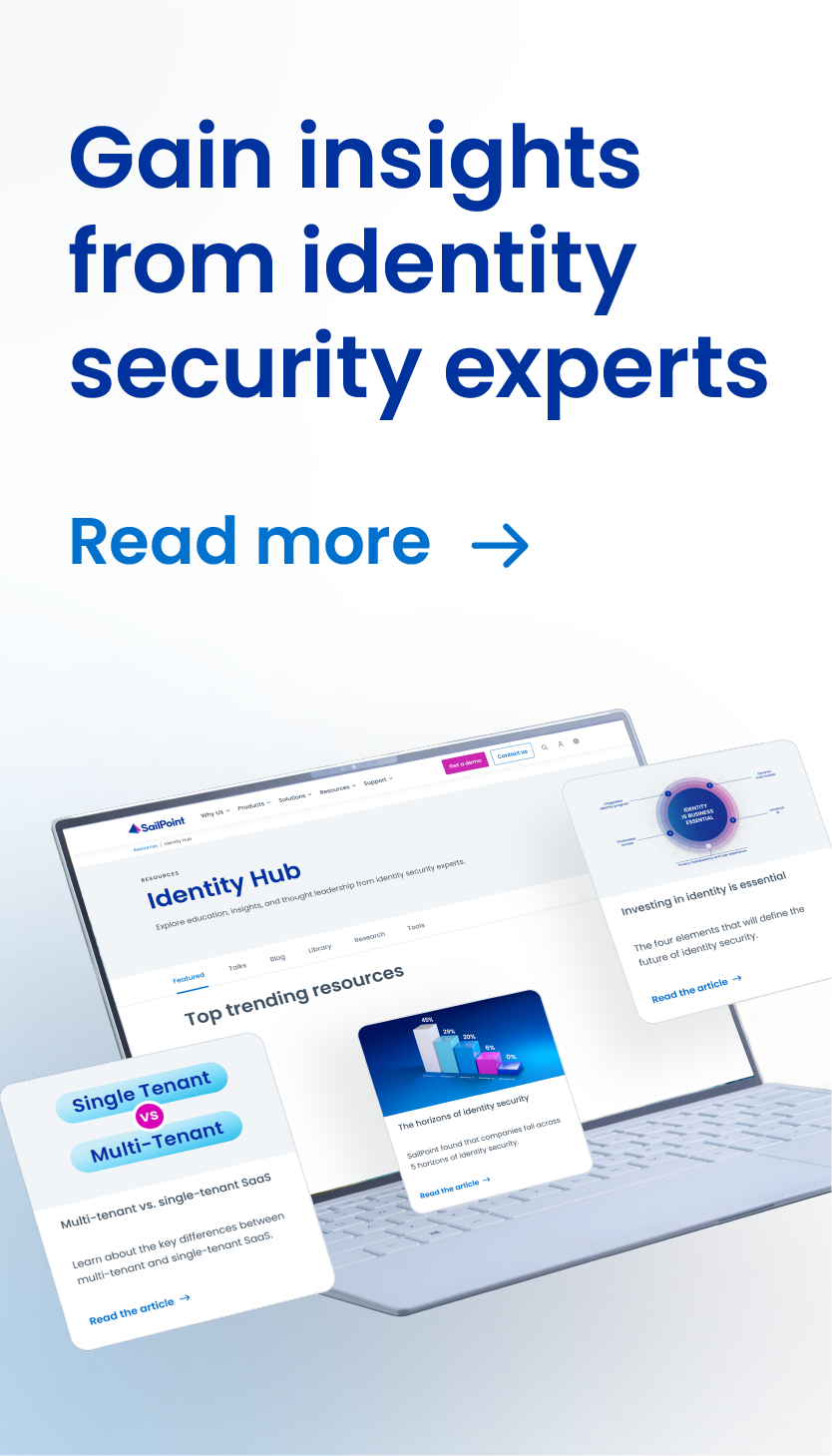How To Transform Your Customers Into Brand Advocates
If you ask tech CEOs what their biggest corporate asset is within their organization, the responses will probably be all over the map. Some will immediately point to the latest product innovation they introduced to the market. This is a pretty natural response since the phrase “corporate asset” typically equates to dollar signs. Others will say it’s their people, and I tend to agree that without great people, everything else tends to go downhill over time, so that may be the most important. In my view, however, your biggest and most valuable corporate asset after your people is your customers. Not simply because your customers commit hundreds of thousands or even millions of dollars to your business each year, but because they can and should be your best brand ambassadors, bar none. In fact, no amount of advertising dollars can compare to the power of one customer’s endorsement influencing another prospective customer to buy your product.
At SailPoint, our belief is that if our customers aren’t successful, we aren’t successful. Every employee is focused on ensuring the ongoing success of our customers, which has contributed to our long-standing, 95%-plus customer retention rate.
Shifting from a product and company-centric focus to customer-centric focus is no small feat. So how do you get there in your organization? Let me focus on a few key ideas.
It’s All About The Relationship
It sounds simple enough, but building a lasting relationship with your customers isn’t always easy. The key to not only developing a relationship with customers but making it a lasting one is to listen first. Some companies make the mistake of jumping the gun by talking at their customers without hearing their needs first. It’s very much like any relationship — the more you tune into the needs of the other person/organization, the more you’ll be able to meet those needs and make that person feel important because you listened first.
For example, at SailPoint we’ve built a customer success team whose sole purpose is to stay close to our customers, partnering with them to ensure their success. The name of this team itself is important. By calling our team members “customer success managers” vs. “customer support” or “customer satisfaction” members, it becomes a constant reminder and guiding light for each person on that team. Customer success is their first priority.
Charting Rough Waters
Much like any relationship, you will run into a rough patch at one point or another in your journey with your customers. In my experience, there is a right way and a wrong way to react in a situation like this. The gut reaction for most companies is to throw money at the problem, giving away free products or services to make do for whatever issue came up. While it might solve a near-term pain, it won’t solve the long-term issue and it definitely won’t turn your customers into your biggest brand advocates. The first thing to do is to — you guessed it — listen to your customer’s complaint. Understanding the problem could very well turn into your next product revision or a tweak in your service organization that will benefit all your customers. Of course, you never get that level of insight or understanding if you don’t stop to listen first. Most of the time, we rush into firefighting mode, putting out the near-term blaze without fully recognizing how this customer’s complaint could become a lesson learned.
Importantly, making sure customer issues don’t fester is the key to not only charting rough waters but getting out of those waters as quickly as possible. One way we accomplish this is by including customer concerns or complaints on our executive team’s weekly meeting agenda. To this day, we literally go through every significant customer concern as an executive team, not only to understand the health of our overall customer base but to quickly address each customer concern in-depth. In my view, putting customers first and leading by example as a business leader is crucial, leading to an important trickle-down effect throughout the rest of the company. This is the only way to become a customer-obsessed organization.
From Customer To Brand Advocate
Is there a magic formula for turning a customer into a brand ambassador? Unfortunately, the answer is no. Every customer is different — from the industry served to the use case that your product or service addresses, no two customers are alike. The same can be said for customer service. While there are certain guiding principles that are universal, how you approach each customer needs to be 100% tailored to that person and that organization. This is the key to turning a good customer relationship into a great one. We do our best to make our customers feel like they are the center of our universe, in the good times and the not-so-good. Some of our best customers — the ones who go on to become repeat customers — haven’t always had a smooth sail with us. In fact, it’s how our team has traveled alongside our customers to help them handle the rough water and choppy seas that has resulted in some of our customers becoming our biggest brand advocates.
The winning combination is simple: Listen first, build a true partnership and keep customers at the top of your priority list. In my experience, this is a surefire way to turn customers not just into fans but into true brand ambassadors.
This post originally appeared on Forbes.com.



Discussion